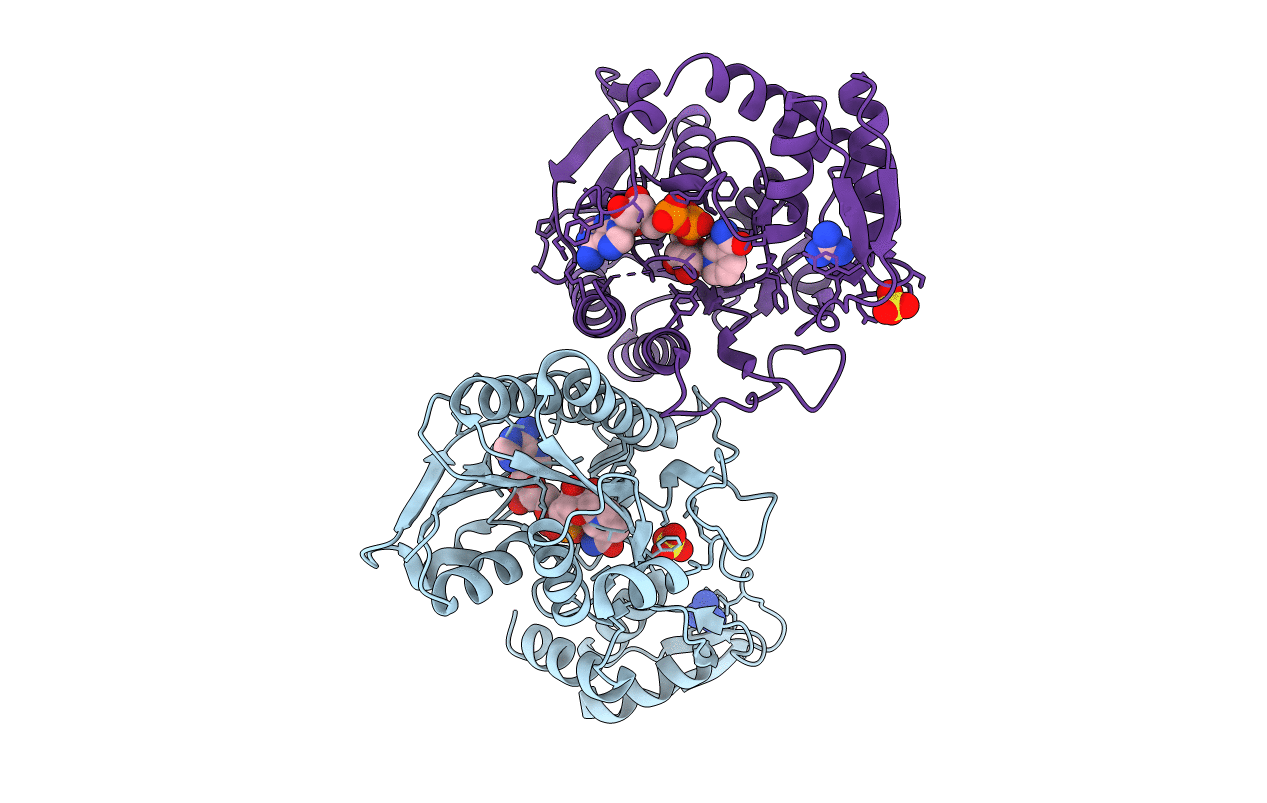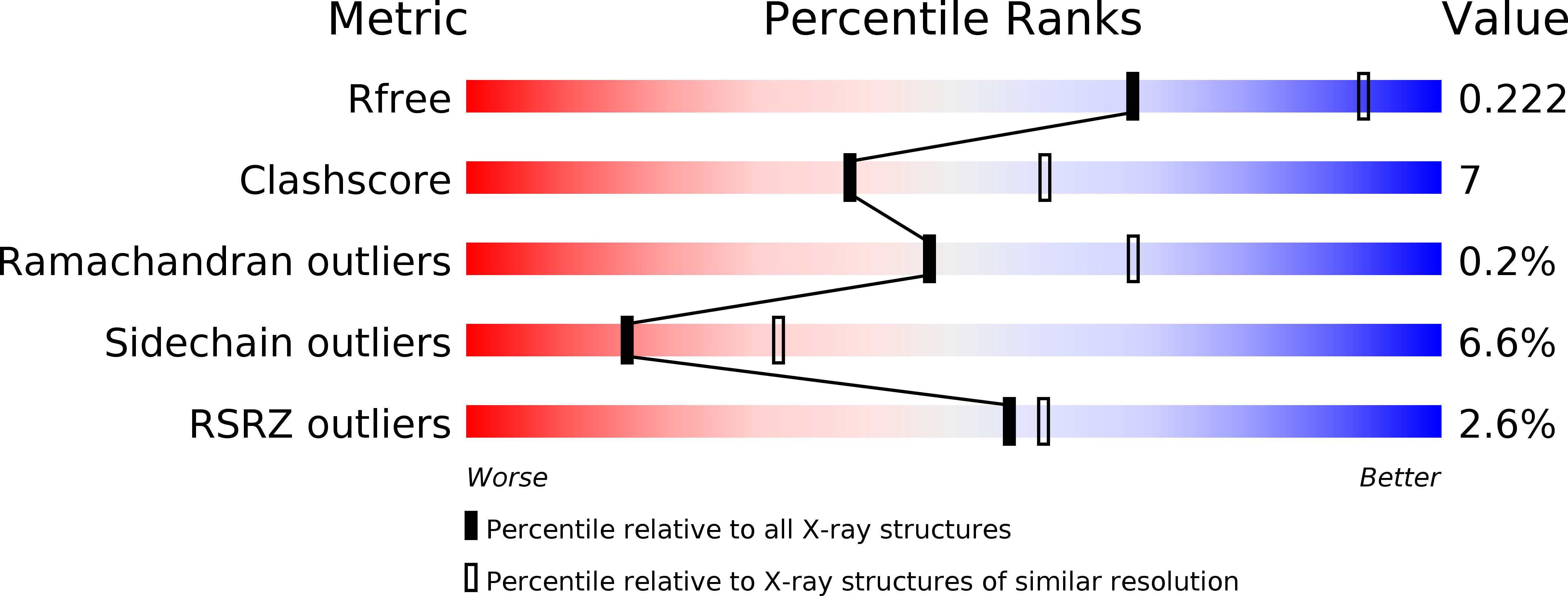
Deposition Date
2012-08-14
Release Date
2012-09-05
Last Version Date
2023-09-13
Method Details:
Experimental Method:
Resolution:
2.50 Å
R-Value Free:
0.22
R-Value Work:
0.17
R-Value Observed:
0.18
Space Group:
P 32 2 1


